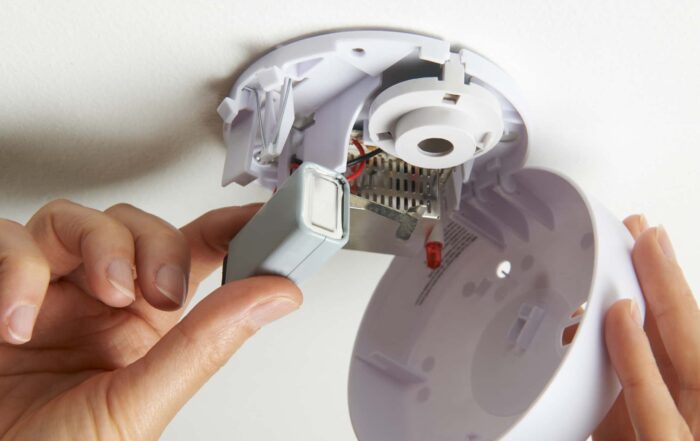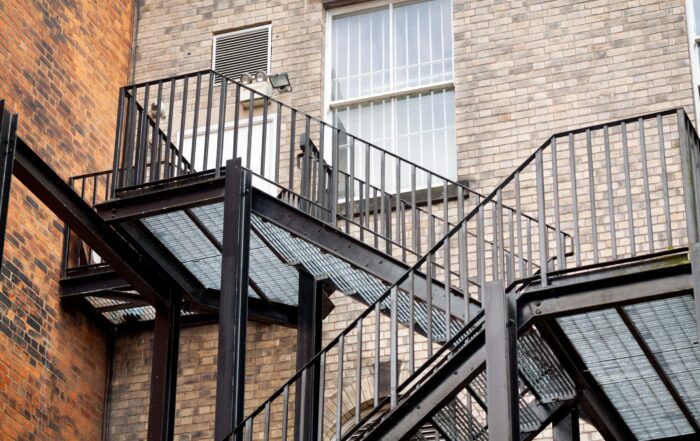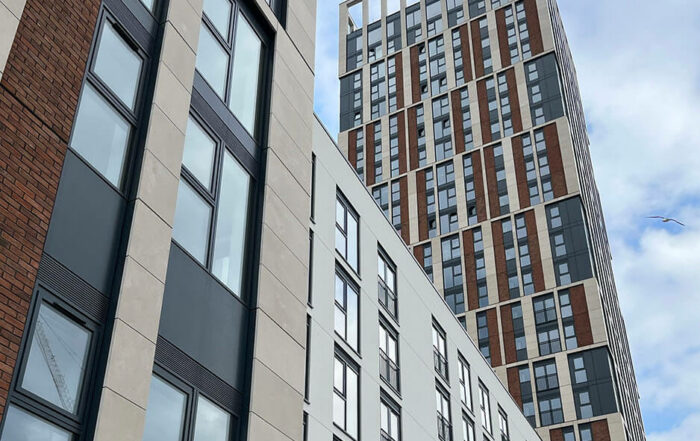Access Control Methods Explained
Access control systems are a vital component of modern-day security. They help to identify and manage the access of people in and within a building.
This ensures that only those who have been granted access to a specific building or room can gain entry. This mitigates against unauthorized access into buildings or areas of sensitive data, which may present significant security risks (both to businesses and the wider public).
Access control systems have by and large replaced traditional lock and key systems which have limitations when it comes to managing access on a large scale. Using locks and keys presents potential security issues at scale, whereas access control systems can scale with ease and in a way that doesn’t compromise security.
They also offer more flexibility in granting access which often better reflects the requirements of organisations, both small and large.
In this article, we highlight the different methods for access control to help you understand what is best for your circumstances.
What are Building Access Control Systems?
Access control systems are largely made up of 2 core elements:
- Identifier – e.g. keycards, keypad, fobs or biometrics
- Access Control Panels and Readers – e.g. mounted wall panel
In addition to these 2 core elements, access control systems rely on integrations that provide easy management of access, as well as syncing with other systems such as intruder alarms. This creates comprehensive security systems. For example, if unauthorised access was detected, the intruder alarm could be activated.
At any point, if a business wants to control access, they can install the hardware element of the system outside that room/building. This will mean only those with sufficient access can gain entry into it. This could be a building, or equally, just a cupboard that holds very sensitive data.
Anyone involved in the business is assigned various levels of access – from directors, to full time employees, to freelancers to visiting clients.
3 Different Access Control Methods
There are 3 types of access control: discretionary access control (DAC), role-based access control (RBAC), and mandatory access control (MAC). We highlight the key features of each below.
- Discretionary Access Control (DAC)
DAC is the least restrictive approach to access control and grants a user complete control to anything in the system. It is a more generalised approach to access control.
As a business scales, there may be security limitations with DAC as end users could have too much control and approve unauthorised access (which could become a security risk).
- Role-Based Access Control (RBAC)
RBAC is probably the most popular method for business owners and uses “roles” to determine access in and within a building. This means when you are granted a role, your access level is already set-up. This makes managing corporate offices, industrial units or accommodation, much simpler.
For example, if a new employee joins the business as a Junior Administrator, that position may provide access into the building, but not into any room with sensitive data in. If another Junior Administrator is employed, this level of access is simply duplicated for them.
This can also make managing visitor access much easier. Any visitor can have “visitor” access, which can be a universal standard that avoids manually deciding each time a visitor requires access.
This also scales very effectively. Going back to our example of the Junior Administrator, if this employee then got promoted to HR Manager in the future, they may need more access (e.g. to employee files), so by simply changing their role on the system, they now have more access.
- Mandatory Access Control (MAC)
MAC is a restrictive approach to access control. This usually means entry can only be granted with the password or granted access. Users must meet the authorisation rules set up to gain access within the system.
For recommendations on which type of access control is best suited to your business, our expert team here at Sovereign Fire & Security are always on hand to lend a helping hand.
Granting Access
As a business owner, you can decide how you want to grant access to end users. Access cards and fobs are often popular choices. These can be distributed to employees and visitors, granting the necessary level of access.
Their individual card or fob will allow them access into any building/room that the administrator has granted them.
The benefit of using cards or fobs is for fire safety and other emergencies. By using personally assigned cards or fobs, businesses and emergency services can quickly gain an understanding of who is in the building. This is a much more efficient way to manage such emergencies, rather than relying on employees and visitors signing in on a piece of paper (which one visitor may forget to do, or an employee may not write their name down clearly).
Another option is using a keypad. Each user would know the passcode needed to open the door. This prevents the need for any employee to have a fob or card (which is beneficial if they lost their card for example), however it does pose potential security risks.
If an unauthorised individual learned the passcode, they may then be able to gain access to a building/room. For high risk buildings, this would likely be too risky for the wrong person to learn the passcode and gain entry, but for a family business, it may be the preference over a card or fob system.
For a very high level of security, biometrics quite literally uses an end-user’s physical attributes (e.g. eye or finger print), to determine whether they have access to a room. This mitigates against possible lost card/fobs, or someone learning a passcode that shouldn’t have authorisation, and offers a very high level of security. This is often the preference for highly classified buildings.
Learn More with Sovereign Fire & Security
Here at Sovereign Fire & Security, we can provide a solution to all your entry and door access needs. From simple stand-alone access control systems to large scale integrated systems, we work with a whole host of manufacturers so we can always find the perfect products and solutions depending on your specific requirements and budgets.
We can design, install and maintain access control systems, all of which meet current legislation including DDA compliancy using the latest technology available.
For help with the very best in access control technology, simply get in touch with our expert team today.
Recent Articles
Innovations and Regulations for Smoke Detection and Fire Alarms
Making sure your fire safety systems are up to standards saves lives, protects your building, and ensures you’re compliant with government regulations. However, with so many types of alarm systems [...]
Fire and Security – The Complete Guide to Fire Escape Regulations in the UK
Fire risks are real, with 622,173 incidents attended by Fire and Rescue Services in England for the year ending March 2023. Many things can keep you safe from fires. But [...]
Fire Safety for Mixed-Use Buildings
Ensuring you have up to date fire safety systems for your mixed-use building isn’t just a good way to keep your residents and structure safe and secure – it is a legal requirement. [...]




